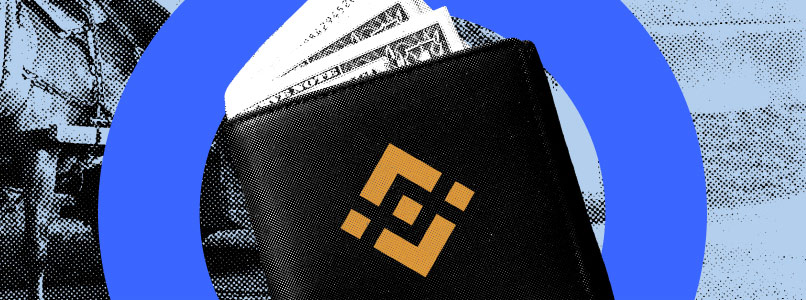A post appeared on the crypto exchange’s blog detailing the origins of key events that amplified the FUD effect around Binance in the past few weeks.

In an effort to “avoid misinformation” around the events of recent weeks, Binance published a post on the company’s blog addressing key questions posed about the intensified FUD effect.
So, based on the principle of “openness and transparency,” Binance revealed its views on the following issues:
- The temporary suspension of USDC withdrawals. The company explained the move by referring to consolidating its stablecoin reserves into BUSD. According to Changpeng Zhao, the delays are directly related to the working hours of the bank.
- The availability of sufficient reserves for withdrawals. Representatives continue to claim that “all users’ assets are supported 1:1.” The announcement stresses that Binance’s finances are in no way connected to any firms bankrupted by the FTX collapse.
- The refusal by Mazars and the “Big Four” auditing firms to service Binance. The company reasoned that the auditors didn’t have the capacity to perform an audit of encrypted on-chain data because the field was new to them. Exchange officials also emphasized that Mazars stopped working with all crypto companies, not just Binance.
- Binance’s refusal to disclose financial information. Officials stressed that the crypto exchange wasn’t a listed company and didn’t intend to become one in the near future. Therefore, Binance isn’t obliged to disclose detailed financial data as a private company. Representatives of the exchange pointed out that Binance is ready to share operational and financial information only “as required by local regulators,” and users should understand that even then the process of data disclosure may take up to six months due to the enormous amount of information.
- A report from Reuters about the U.S. DOJ’s investigation against the exchange. The company accused the media of bias towards Binance’s activities. Binance believes that “attractive headlines” are intended only to increase readership and gain additional attention from the community and that the content of such articles is often “ambiguous.” The blog also highlighted that in 2021, Binance responded to more than 47,000 requests from law enforcement agencies in different jurisdictions, as it was actively fighting cybercrime and wanted to cooperate with the authorities. Therefore, the media shouldn’t label every regulator request as an “investigation.” As a confirmation, Forbes recently published information about Binance’s active involvement in catching criminals who withdrew about $40 million in illicit proceeds through the cryptocurrency exchange. The article reported that the criminals were caught thanks to the cooperation of Binance and the U.S. Drug Enforcement Administration (DEA).
- Binance’s involvement in the FTX crash. Company representatives denied any involvement in the bankruptcy of Sam Bankman-Fried’s firm, and Zhao stressed that “FTX killed themselves.” The post also noted that Binance wasn’t interested in suppressing “competitors,” since its main purpose was “promoting and expanding industry adoption.”
Company representatives claim that the blog post is meant to clear up the truth, thereby reassuring users and reducing the impact of the FUD effect.
However, some of the company’s actions contradict its statements in the blog. For example, it was recently reported that Binance.US planned to buy the cryptocurrency portfolio of the bankrupt cryptocurrency broker Voyager Digital. FTX US was previously the largest bidder for purchasing its assets.
Recall that Binance CEO Changpeng Zhao believes that “the industry has become healthier” after FTX’s crash, and the decline in liquidity will only be a “stress test” for Binance.








